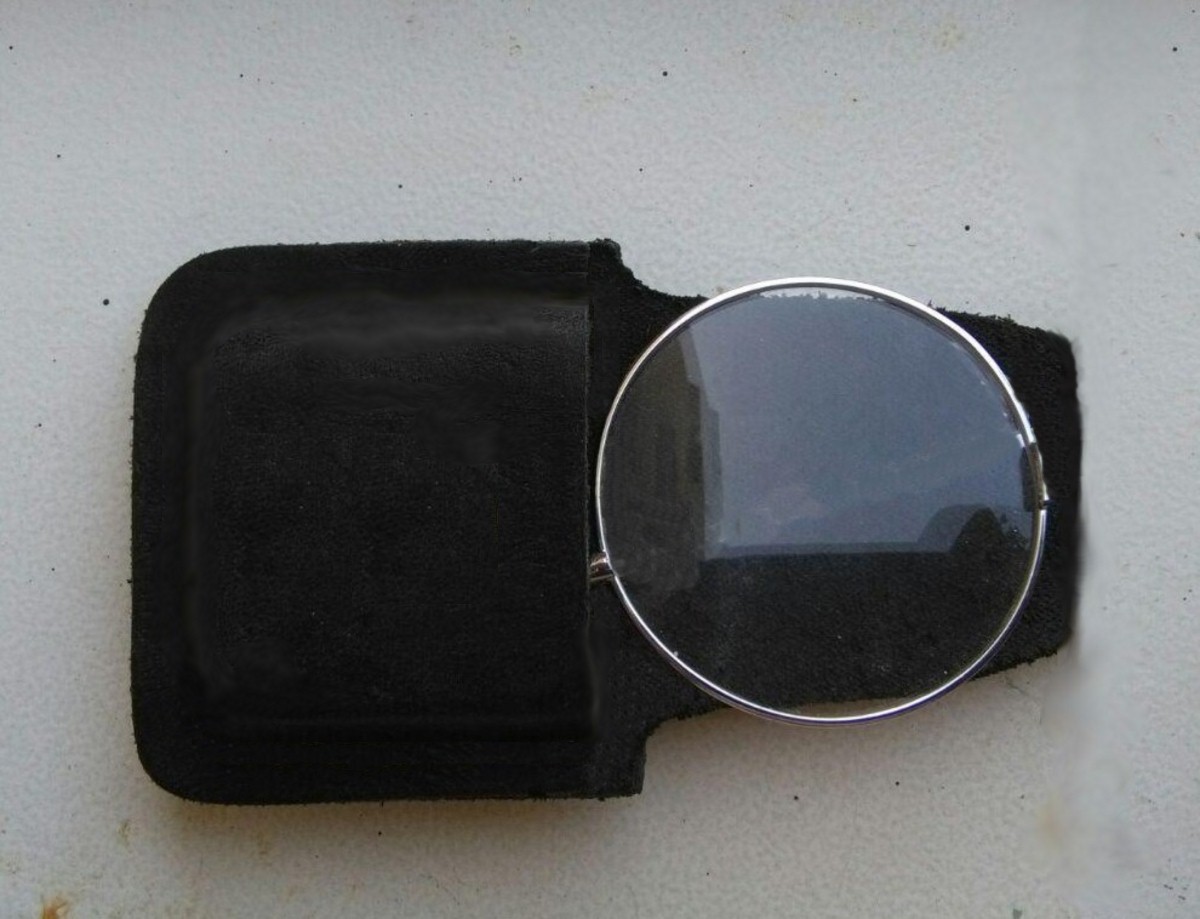Baden-Powell's Unilens on:
[Wikipedia]
[Google]
[Amazon]
 The unilens monocular is a simple
The unilens monocular is a simple
 The unilens monocular is simply a 2.5 inch (6.4 cm) diameter
The unilens monocular is simply a 2.5 inch (6.4 cm) diameter
 The unilens monocular is a simple
The unilens monocular is a simple refracting telescope
A refracting telescope (also called a refractor) is a type of optical telescope that uses a lens (optics), lens as its objective (optics), objective to form an image (also referred to a dioptrics, dioptric telescope). The refracting telescope d ...
for field use, designed by Robert Baden-Powell
Lieutenant-General Robert Stephenson Smyth Baden-Powell, 1st Baron Baden-Powell, ( ; 22 February 1857 – 8 January 1941) was a British Army officer, writer, founder of The Boy Scouts Association and its first Chief Scout, and founder, with ...
. Consisting of only one lens
A lens is a transmissive optical device that focuses or disperses a light beam by means of refraction. A simple lens consists of a single piece of transparent material, while a compound lens consists of several simple lenses (''elements'') ...
, it is the simplest of all telescopes, and while occupying very little space can still magnify a distant image up to about four times. The nature of its operation however does not accommodate to everyone's visual acuity, with only three out of four people being able to use it.
Description and use
 The unilens monocular is simply a 2.5 inch (6.4 cm) diameter
The unilens monocular is simply a 2.5 inch (6.4 cm) diameter convex lens
A lens is a transmissive optical device that focuses or disperses a light beam by means of refraction. A simple lens consists of a single piece of transparent material, while a compound lens consists of several simple lenses (''elements'') ...
with a 6 foot (1.8 m) focal length, equivalent to +0.55 dioptre
A dioptre ( British spelling) or (American spelling), symbol dpt or D, is a unit of measurement with dimension of reciprocal length, equivalent to one reciprocal metre, . It is normally used to express the optical power of a lens or curved mi ...
s. In use the eye is closer than 6 feet to the lens (usually 3–4 feet) and thus between the lens and its principal focus. Eye accommodation required is similar to that when viewing objects in the far distance, but more so as actual accommodation is made for somewhere beyond accommodation for infinity. Because of this unusual requirement of the eye, only three in four people are able to use a unilens. Prolonged use is furthermore tiring to the eye and thus a unilens is mainly suited for occasional or intermittent viewing of distant objects.
Use
The commercially-made unilensmonocular
A monocular is a compact refracting telescope used to magnify images of distant objects, typically using an optical prism to ensure an erect image, instead of using relay lenses like most telescopic sights. The volume and weight of a monocula ...
is a convenient pocket size. Its metal mount can be clipped onto a wooden pole in a manner somewhat reminiscent of the "selfie stick
A selfie stick is used to take photographs or video by positioning a digital camera device, typically a smartphone, beyond the normal range of the arm. This allows for shots to be taken at angles and distances that would not have been possible wi ...
" used with today's cameras, onto a walking stick
A walking stick (also known as a walking cane, cane, walking staff, or staff) is a device used primarily to aid walking, provide postural stability or support, or assist in maintaining a good posture. Some designs also serve as a fashion acces ...
, trekking pole
Trekking poles (also known as hiking poles, hiking sticks or walking poles) are a common hiking accessory that function to assist walkers with their rhythm, to provide stability, and reduce strain on joints on rough terrain.
Description
When in ...
, or umbrella
An umbrella or parasol is a folding canopy supported by wooden or metal ribs that is mounted on a wooden, metal, or plastic pole. It is usually designed to protect a person against rain. The term ''umbrella'' is traditionally used when protec ...
tip. Original instructions advise the user to sit with the arm holding the device resting on the knee and to move the lens forward and back until the desired object is in focus. Normally this is when the lens is held about four feet from the user's eye. Magnification increases as the distance from the eye increases further than four feet, until fully extended to six feet, at which point the maximal four-times magnification is reached but with some image blurring at that stage.
See also
* Magic EyeReferences
{{Reflist, 2 Lenses Refracting telescopes